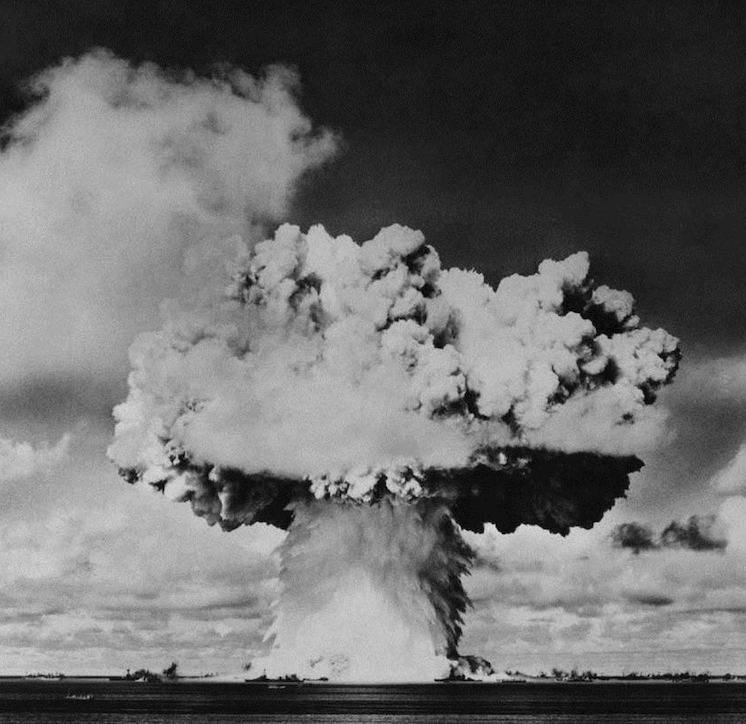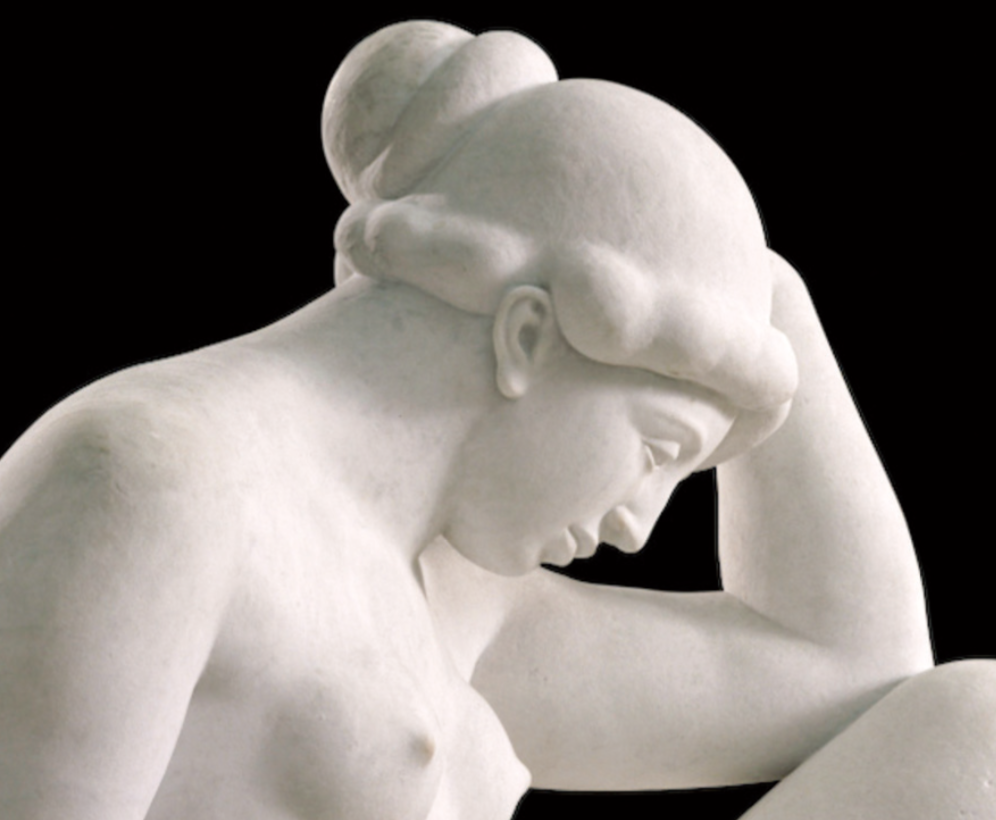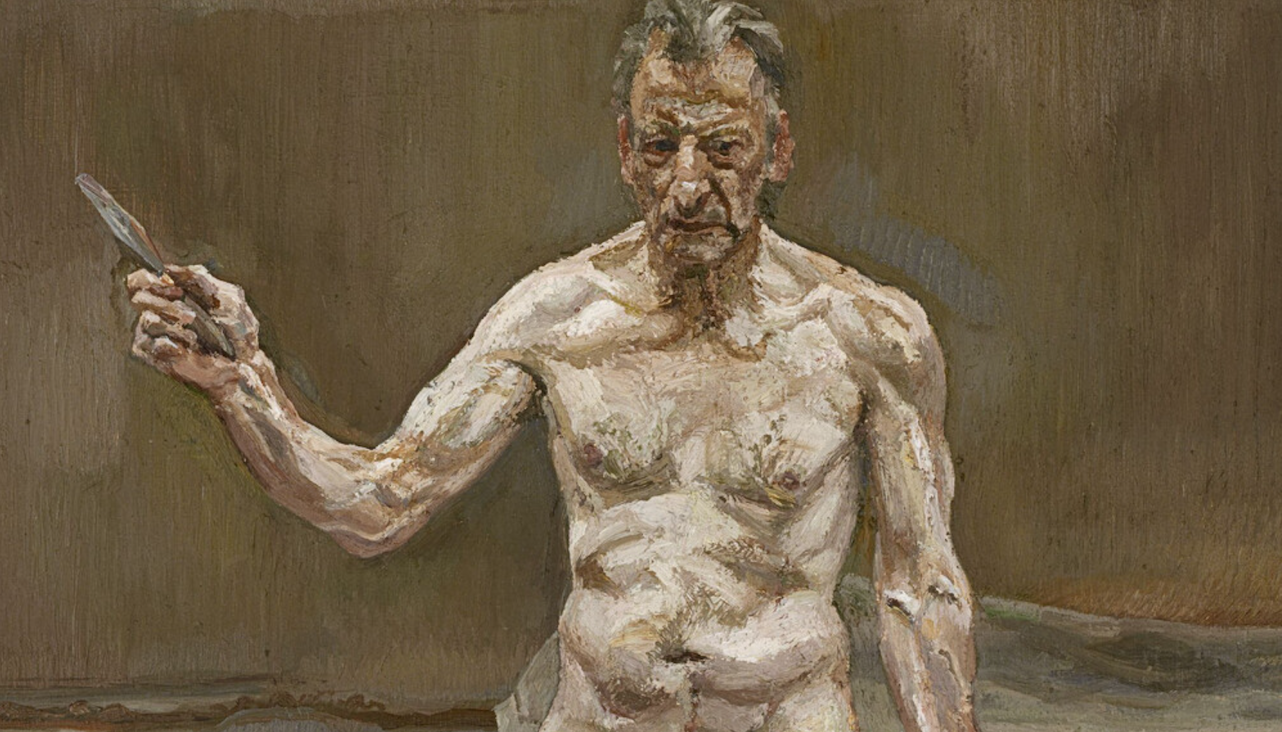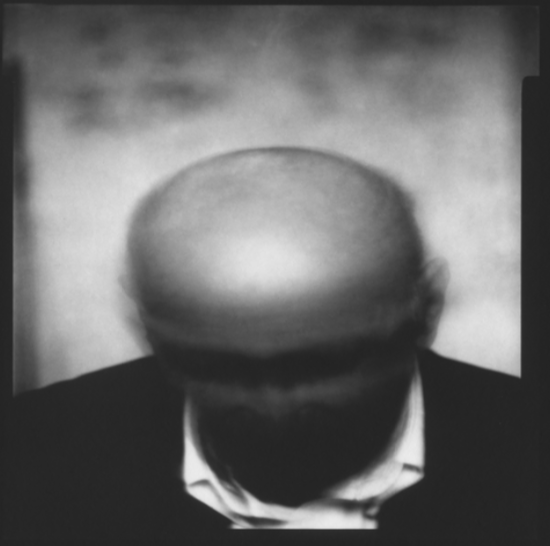Exhibitions
The avant-garde alchemist
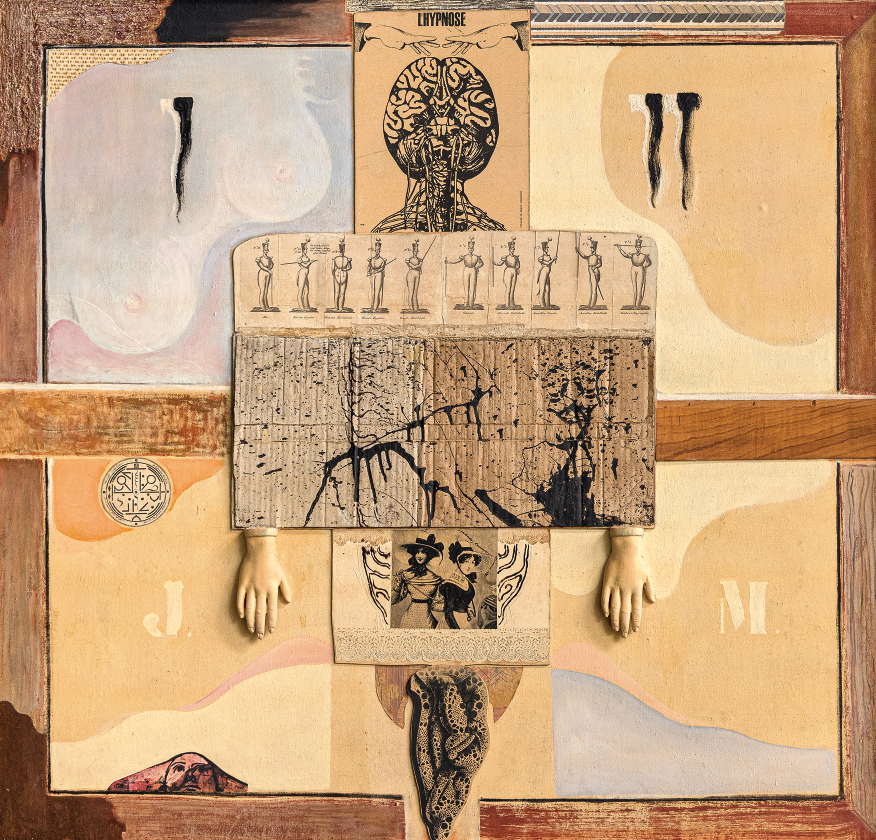
Joan Massanet (l'Armentera, 1899 - l'Escala, 1969) is an artist of value within the ecosystem of Catalan and peninsular surrealism, a contemporary of Salvador Dalí, Àngel Planells, Esteban Francés and the Girona-born Remedios Varo. However, he has always had an uneven visualization, and it is not easy to place an author in a reality where the figure of Dalí always grasps everything. Despite this handicap, the historian and art critic Alícia Viñas has always been a firm defender of this author; good proof of this was the key exhibition that he held in 2005 for the Reina Sofia Museum in Madrid and which later traveled to the Girona Art Museum. It is unfortunate that the MNAC has gaps with historically interesting artists; if anything, that seems to be starting to change. Perhaps the MNAC was still too tender to reach this layer of concerns. Entitled The specter of things , the exhibition in Madrid and Girona was the first time that the Escalan author was placed in a forceful way within the surrealist reality of the peninsula's 20th century.
Now, the relay in the dissemination of this figure has been taken, intelligently and in order to capitalize on artistic heritage, by the Town Council of l'Escala - within the strategic culture plan -, and has commissioned this task to Mariona Seguranyes, an Empordanese art historian and critic versed in the subject and who has found unpublished documentation, among others, facsimile letters from Massanet addressed to the critic Sebastià Gasch and has put the emphasis on the relationship between the artist and the landscape that surrounded it, "cultural landscapes", as Eduard Carbonell would say.
But let's go back in Massanet's chronology. In his first surrealist attempts, there are traces of Miró and Max Ernst, of the encounters with the logicophobe group ADLAN, but Dalí immediately enters the scene – friendship included – and it is at this time that very outstanding fruits emerge: Decapitated Conjurer , around 1939; Magical Composition and Autumn , 1931-32, or The Spectre of the Mountain, 1930. Massanet, hyper-restless as he was, appeals to the essence of the creative fact, which means innovation, and is also touched by metaphysical painting European by Chirico and Paul Delvaux. After the war, his painting underwent several transformations without losing the surrealist soul, and incorporated sculptures of an ancestral, primitivist style, following Picasso's postulates. Sculptures influenced by his collection of Catalan Romanesque carvings. Finally, around 1960, he reaches the collage of objects, the matter, a painting that is less meticulous but with an expressive resoluteness that leads him to reinvent himself in a way that connects with the "informalist" avant-gardes that later Romà Vallès, Rey Polo, Modest Cuixart, Joan Josep Tharrats or Antoni Tàpies would export all over the planet.
The exhibition, which can be visited until January 8, 2023, will be accompanied by a book with all the new research, which will help shed light.





